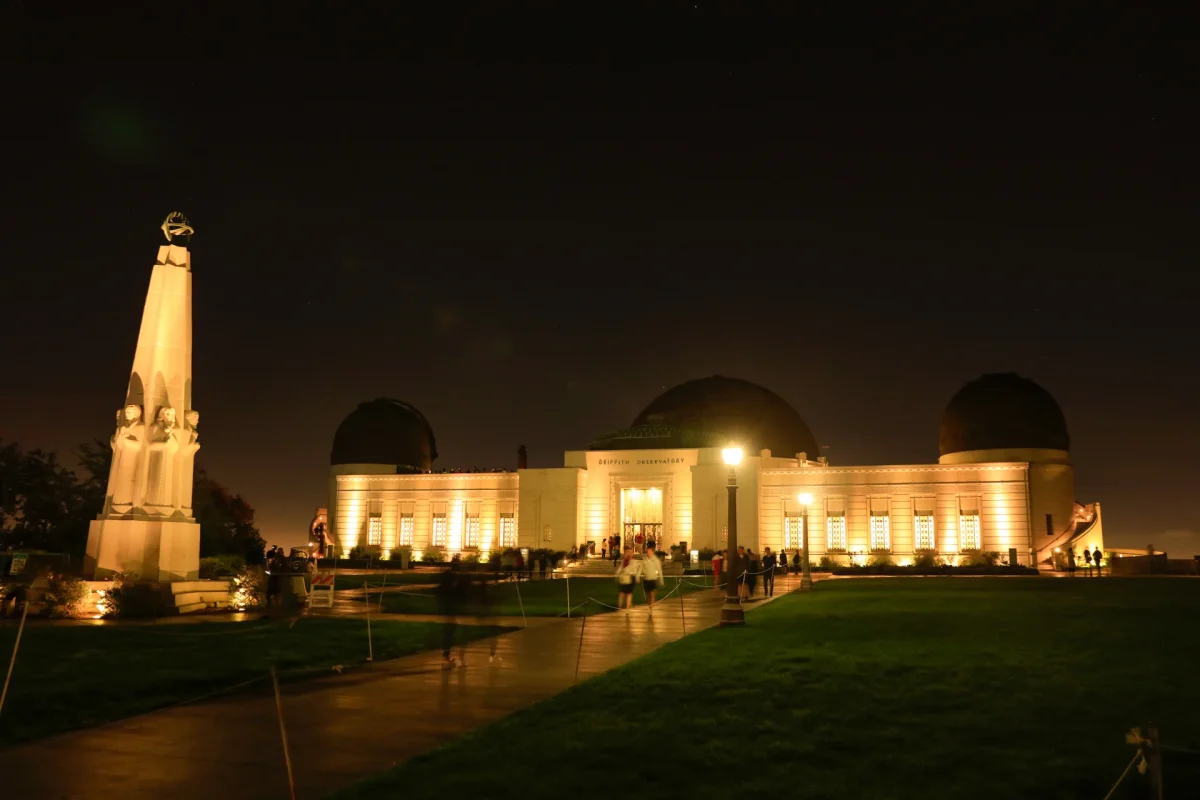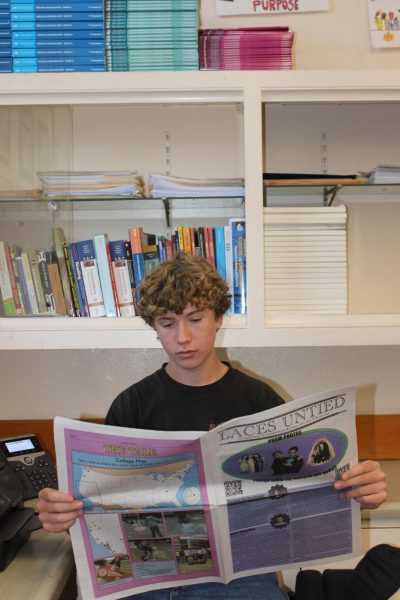The climate crisis worsens every year, and it is important to note how
changes in environmental policies and the creation of new solutions affect our community at large, especially here at LACES. From national setbacks to local progress,
the world is facing a turning point in which decisions made today could determine the future.
One primary concern involves the possible rollbacks on environmental protection. Former President Donald Trump’s plans to break up huge parts of the EPA caused environmental advocates to worry, and say that such an agency that enforces laws that limit pollution and protect natural ecosystems should remain stable, and in power. Due to the dismantling of the EPA, industries on their own might face fewer restrictions, translating into increased levels of pollution and environmental damage.
“Air pollution, urbanization, redlining and industrialization all intersect with health equity in a way that harms minority and low-income communities,” said Olawale Amubieya, MD, pulmonologist and junior faculty in the Division of Pulmonary and Critical Care Medicine at UCLA Health.
This action jeopardizes decades of gains toward cleaner air and water. Cities like Los Angeles and communities like ours are at increased risk from health problems caused by pollution. On the other hand, California goes ahead with some new solutions to climate challenges. The California Resources Corporation unveiled a new project called the Carbon Terra Vault that will capture and store millions of tons of carbon dioxide in the ground in San Joaquin Valley.
“The project would preserve high-paying jobs while reducing carbon emissions,” said Fransisco Leon, CEO of California Resources Corp.
Although this project was proposed to help stop climate change, many environmental advocates are rejecting this project, saying that it will emit air pollutants that could pose health risks to low-income communities in the valley.
“Carbon Terra Vault will incentivize new polluting infrastructure through-out Kern County,” said Ileana Navarro, a community organizer with the Central California Environmental Justice Network, based in Bakersfield. “This will not clean our air.”
An important bright spot in stopping climate change is California’s leading role in the electric car revolution.
“So far, the increased market share for electric vehicles means California is moving toward hitting its goals: Electric vehicles in California made up 25% of the new car market last year, up from nearly 19% in 2022. The state has mandated that 35% of new 2026 cars sold must be zero-emissions, ramping up to 68% in 2030 and 100% in 2035,” said CAL Matters staff writer Alejandro Lazo.
For LACES students, this is an opportunity to think about how we can be part of the solution. While electric cars cut harmful emissions, they clean the air for a city like Los Angeles in particular. As technology gets better and better, electric vehicles become more and more affordable and accessible, enabling more families to make a switch.
It is not all about buying an electric car, but it is one great opportunity to reconsider how we get around the city. Students here at LACES who drive could try carpooling, biking, or taking public transportation more often. Even such small shifts in transportation can make a big difference in reducing emissions and fighting climate change. Climate change is not something that occurs over ‘there’; it’s something that affects us right here in Los Angeles. For the majority of students, hot temperatures experienced at school, drought, and wildfires are direct and personal examples. These present some of the reasons why initiatives such as the move toward electric cars are paramount.
So, what can we do as a community? First, we need to stay informed. Knowing about projects such as the Carbon Terra Vault and knowing the benefits of electric vehicles will enable us to make better decisions.We need to take personal responsibility: driving less, using more sustainable transportation methods, or even calling for stronger environmental policies — every action counts. We need to remember that our voices count. LACES students can make a difference by being active, urging our school and families to make choices that are friendly to the environment, and demanding policies that protect our planet. We can all do it together; we can begin right here in our community



















